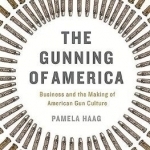
The Gunning of America: Business and the Making of American Gun Culture
Book
Americans have always loved guns. This special bond was forged during the American Revolution and...
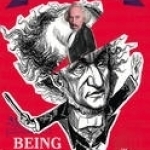
Being Wagner: The Triumph of the Will
Book
Simon Callow plunges headlong into Wagner's world to discover what it was like to be Wagner, and to...
Destiny: The Secret Operations of the Yodog Exiles
Koji Takazawa, Patricia G. Steinhoff, Lina Terrell and Ryoko Yamamoto
Book
In 1970, nine members of a Japanese New Left group called the Red Army Faction hijacked a domestic...
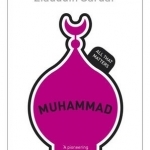
Muhammad
Book
In this book: 'A pioneering writer on Islam' - Guardian Who was the real Muhammad?Muhammad: All That...
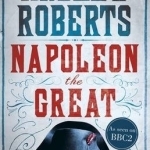
Napoleon the Great
Book
NOW A MAJOR BBC2 TV SERIES AWARDED THE PRIX DU JURY DES GRANDS PRIX DE LA FONDATION NAPOLEON 2014...
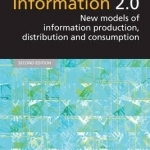
Information 2.0: New Models of Information Production, Distribution and Consumption
Book
This textbook provides an overview of the digital information landscape and explains the...
A World Without Mind
Book
Over the past few decades there has been a revolution in terms of who controls knowledge and...
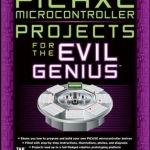
PICAXE Microcontroller Projects for the Evil Genius
Book
WHIP UP SOME FIENDISHLY FUN PICAXE MICROCONTROLLER DEVICES "Ron has worked hard to explain how the...
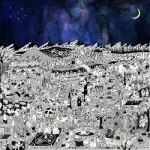
Pure Comedy by Father John Misty
Album Watch
Father John Misty's Pure Comedy is the highly anticipated follow-up to his internationally acclaimed...
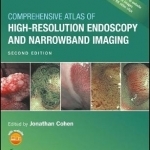
Comprehensive Atlas of High Resolution Endoscopy and Narrowband Imaging
Book
Previous Edition won First Prize in the Gastroenterology category of the 2008 BMA Medical Book...
